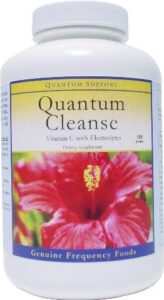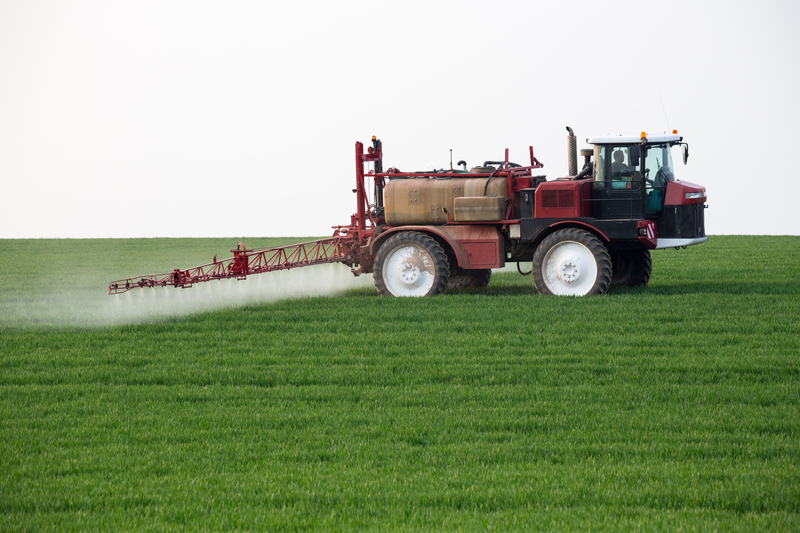So you thought Glyphosate was bad? Say hello to Atrazine herbicide, the second most widely used herbicide in the U.S. behind Glyphosate (the active ingredient in Roundup) and likely just as dangerous.
Many of us go out of the way to avoid harmful toxins and poisons but Atrazine doesn’t make it easy for us to do that. In fact, most of us haven’t even heard of it. Seventy million pounds is used annually in America to prevent weeds in corn fields, sugarcane, sorghum, macadamia nuts, soybeans, guava, schools, parks, playgrounds, athletic fields, tree farms, and many other products used in farming and landscaping.
Because crops have become resistant to Glyphosate, Atrazine herbicide is often used in conjunction with it for a toxic double whammy.
One of Atrazine’s scariest effects is that it is an endocrine disruptor. This can cause adverse results such as an increase of breast and ovarian cancer as well as developmental, reproductive, and neurological disorders (think Parkinson’s and Alzheimer’s) with effects upon the immune system in people and wildlife.
Atrazine was banned as a pesticide contaminant in 2003 by the European Union as well as in Switzerland (where it is produced) due to groundwater contaminant concerns. Yet in the U.S., in 90% of the water supplies tested, it is the most common chemical.
Moral of the story? If possible, eat organically and use a certified Atrazine-removing water filter. Also invest in a total body system cleanse on an ongoing basis such as this one: 

